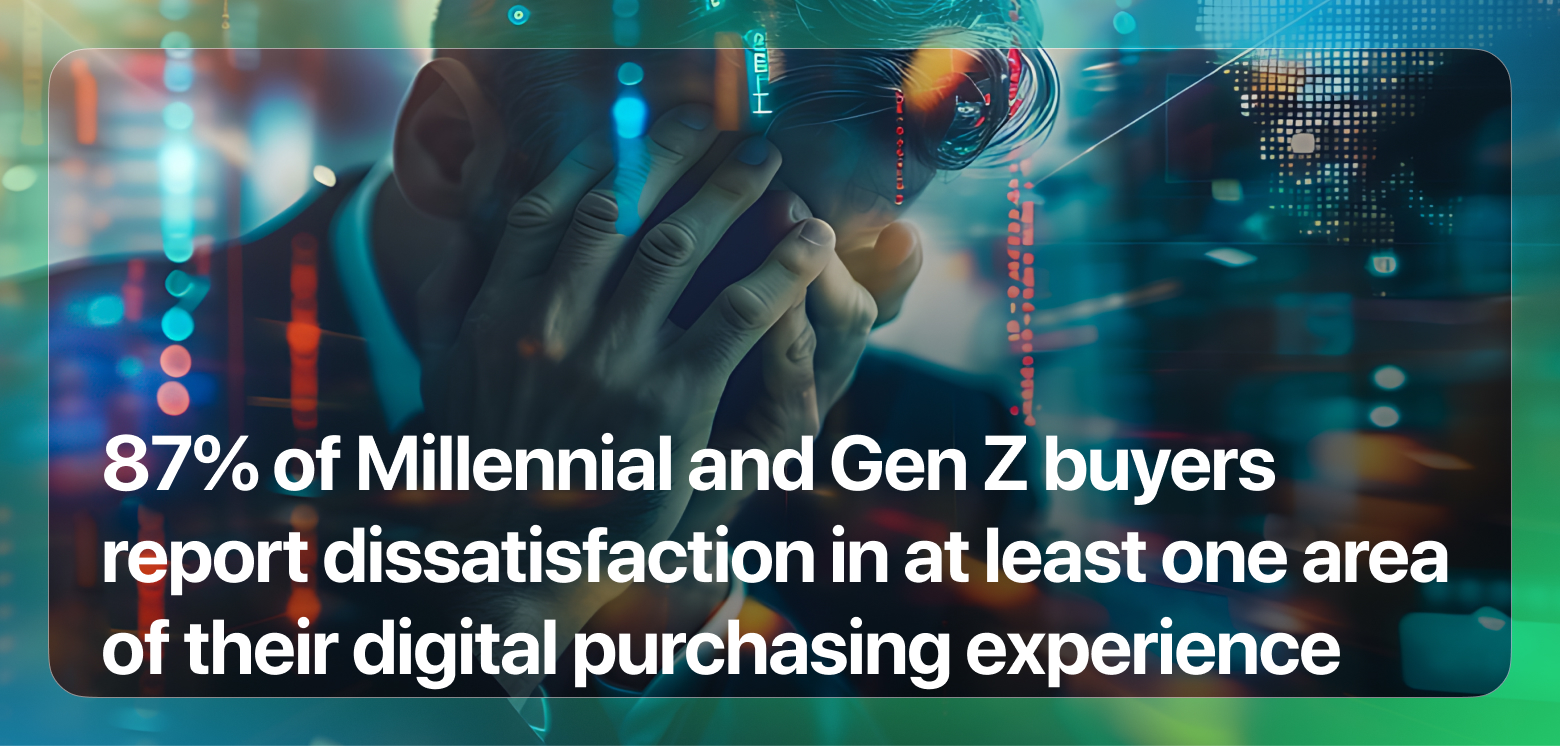Index
Other categories
05 October 2018
Getting started with dropshipping

Drop ship (also often known as drop shipping or dropshipping) is a sales model (B2B2C) by which a seller can sell a product to the end customer, even without physically and physically owning it in their warehouse.
But how does dropshipping work?
With this sales model, the seller relies on the goods, warehouses and logistics of a supplier, referred to as a "dropshipper."
The moment a sale of a product takes place, the seller sends the order to the supplier, who will ship and deliver the product directly to the end customer. In this model, the role of each participant in the distribution chain is clear and optimized.
Thus, the seller or retailer is focused solely on the goal of growing their B2C business with marketing activities to find new customers with promotional actions and to advertise products. Freed from the problems of inventory management and logistics, he or she deals exclusively with sales and marketing processes.
The B2B supplier will manage:
- The management of theprocurement and/or production of products in line with the consumer target curated by the retailers
- The management of marketing and CRM activities to take care of always finding new B2C distributors and maintaining relationships with current ones
- Excellence in logistics and distribution processes since these processes are deeply integrated with those of the retailer to which it basically provides outsourced logistics
The benefits of such a B2B2C model are obvious for all involved:
For the B2C seller:
- Ability to create a sales business without having to invest (immobilize) capital by buying in advance the products to be sold
- No need to have to manage logistics activities with their associated costs
- Ability to sell both directly and through related websites or marketplaces or auction sites
For the dropshipper or B2B seller:
- No need to manage B2C relationships
- Opportunity to grow one's sales network
- Increase the ubiquity and penetration of one's products both online and offline.
In the traditional version, the B2B2C sales model has historically required the B2B seller to dedicate a portion of its product inventory exclusively to the individual dropshipper to avoid the phenomena of competing orders from multiple retailers on a specific item with limited availability. In other cases, it has been resorted from the introduction of minimum stock thresholds to prevent instances of "out of stock" or sold-out product.
Alongside these standard benefits of the B2B2C sales model, digital has increased the possibilities for integration between B2B and B2C.
In fact, the B2B2C sales model benefits from the possibilities offered by digital to foster catalog integration and virtual warehouse sharing typical of modern e commerce platforms.
Thanks to digital, it is possible to virtually share the B2B warehouse with the connected B2C ecommerces allowing the same product to be present in the catalogs of the connected sites and to be sold on all the network in a Peer-to-Peer logic. This ensures through real time integrations to share the availability of a specific product across the distribution network, keeping quantities aligned with actual orders received.
Sophisticated software such as Rewix, expressly dedicated to the implementation of B2B2C sales models and with API and webservices integration capabilities, allows the individual B2C retailer to temporally commit (lock) the goods in the B2B warehouse even during the checkout phase by the end customer. In this way, End customers who add a specific product with virtual availability to the B2C shopping cart are assured that they will see the purchase completed and the product delivered precisely because of this mechanism.
Rewix also enables an additional business opportunity for the B2B distributor and a great advantage for the B2C retailer: thanks to the possibility of sharing the entire catalog, it is possible for the B2B distributor to share not only codes, item and prices but also product descriptions and images.
With just a few clicks, a B2C retailer can import photos (at various resolutions) and descriptions (also in various languages) directly into their catalog or website without having to devote resources to photographing and describing The products.
In just a few clicks, it is possible to have a product catalog directly available for resale while focusing directly on sales and promotion activities. Conversely, the ability to provide a complete product feed in a few clicks to the B2C retailer allows the B2B distributor to optimize and make economies of scale with product cataloging and description activities: this advantage can be monetized by requiring a subscription fee from the B2C retailer to access this database of products for sale.
In fact, there are frequent cases of B2B2C sales models in which the B2B dropshipper requires a periodic fee (fixed or variable based on the turnover generated) to enable the import and synchronization of products via APIs to related B2C software platforms.
An evolved platform such as Rewix allows you to manage dropshipper subscriptions (with automatic renewal, charging and billing of fees) and manage The correct permissions to users on which API credentials are matched for integration.
With APIs and services, it is also possible to use plugins such as those available for Rewix to automate integration possibilities with open source software such as Magento, Prestashop, and Woocommeerce or cloud-based ecommerce platforms such as Shopify.
Previous articles

B2B Digital Marketing
b2becommerce
Understanding and addressing Digital B2B Buyer frustrations
26/01/2025

artificial intelligence
AI Agents: The Next Frontier in B2B eCommerce Transformation
21/01/2025

artificial intelligence
b2becommerce
The B2B eCommerce Revolution: Leveraging AI for Operational Excellence and Accelerated Growth
18/01/2025